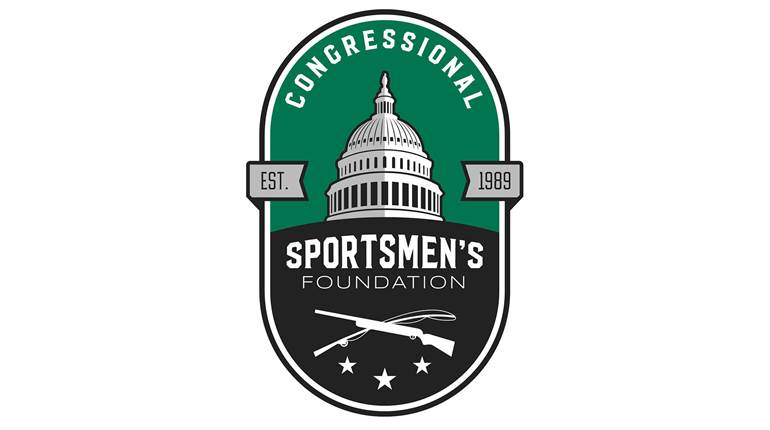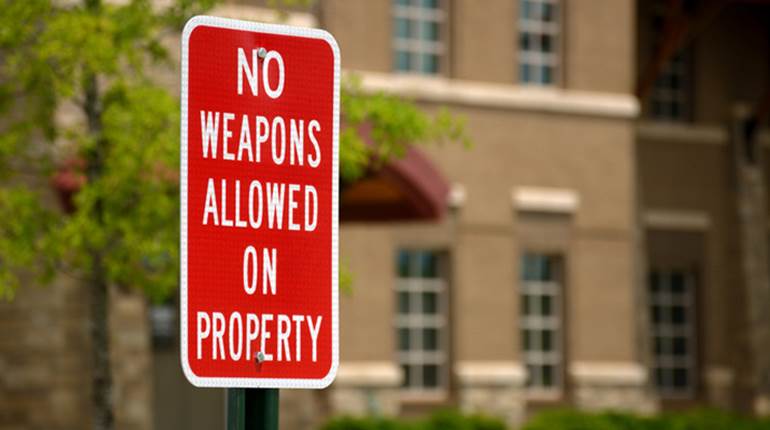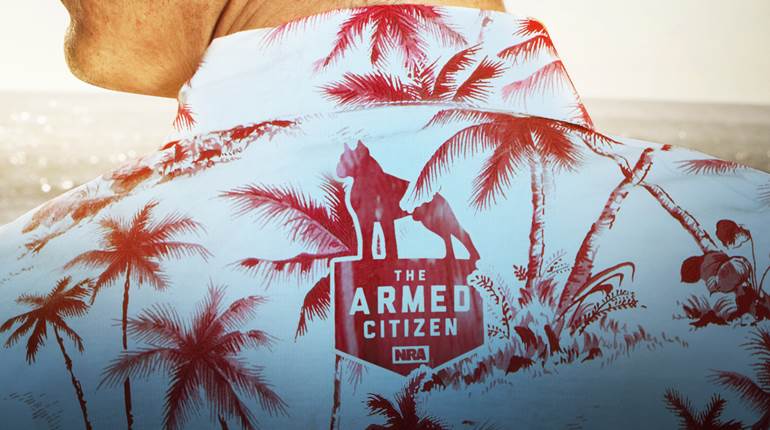
The early morning text message sent on Jan. 13, 2018 inadvertently claiming a “Ballistic Missile Threat Inbound to Hawaii … .This is Not a Drill” was a terrible mistake, but the incident isn’t necessarily all bad news. There’s no way any of us who weren’t there can ever come to grips with the emotional stress recipients endured for the nearly 38 minutes until the alert was rescinded, but silver-linings are hard to see when finger-pointing critics gather to storm.
Yes, the incident was nearly a disaster, but at some point it’s time to make proverbial lemonade. And—admittedly from the cheap seats thousands of miles away—some of the side effects are a healthy mix.
Schooled Up
I read several reports of residents who Googled how to survive a nuclear attack. In one case, the family was outside, theorizing it was the best way to avoid being buried in rubble. Then their web browser informed them sheltering inside a building minimizes exposure to radiation, which creates a killing zone far from impact.
The nightly news covered a father who, with a better understanding of the deadly effects, wiggled his kid into a storm drain. His move was criticized, but I hand it to the island-state MacGyver. A mother retreated to the bathroom with her children, placing them in the metal bathtub. Smart, too.
A lot was learned in those terrifying minutes, although the lesson was unnecessarily painful. Even those of us watching from afar were forced to give thought as to where we’d shelter. Having a plan is lifesaving and, if nothing else, Hawaii forced a nationwide pause.
Gridlock
Go ahead and joke about being buried in your favorite SUV, but the gridlock reported early indicates it’s inevitable in most areas. You might think you can outrun the blast and shock wave, but its radiation strictly adheres to a speed limit of 186,000 miles per second (yes, that’s per second, not per hour, in a vacuum anyway). In defense of the roadrunner strategy, physics’ inverse-square law applies, and topography can help, but weigh your options before you spend the rest of a shortened life in a traffic jam surrounded by strangers.
Remember, too, criminals view times like this as an opportunity. Traditionally, they fleece innocent sheep when law enforcement has their hands full directing traffic and wading through a flooded 9-1-1 system. Taking charge of your welfare and that of your family needs to be part of your overall plan. For law-abiding citizens, that should include owning a firearm and learning how to use it properly and lawfully for self-defense.
On that front, a huge hat tip goes to the folks in Hawaii. I didn’t read a single report of looting, rioting or increased criminal activity during the mess. The criminals didn’t think they had time to enjoy that 64" widescreen, of course, but the fact things didn’t escalate after the “all clear” was issued should buoy all our spirits.
After Effects
Authorities are hard at work improving the system. If the unthinkable does arrive, we can put a little more faith in that fateful message.
The ultimate silver-lining, though, is the entire nation paused to consider—if only for a moment—how easily anyone can get caught up in a disaster. And there’s nothing wrong with increased awareness, conversations and a few more potentially lifesaving plans.























![Winchester Comm[94]](/media/1mleusmd/winchester-comm-94.jpg?anchor=center&mode=crop&width=770&height=430&rnd=134090756537800000&quality=60)
![Winchester Comm[94]](/media/1mleusmd/winchester-comm-94.jpg?anchor=center&mode=crop&width=150&height=150&rnd=134090756537800000&quality=60)












